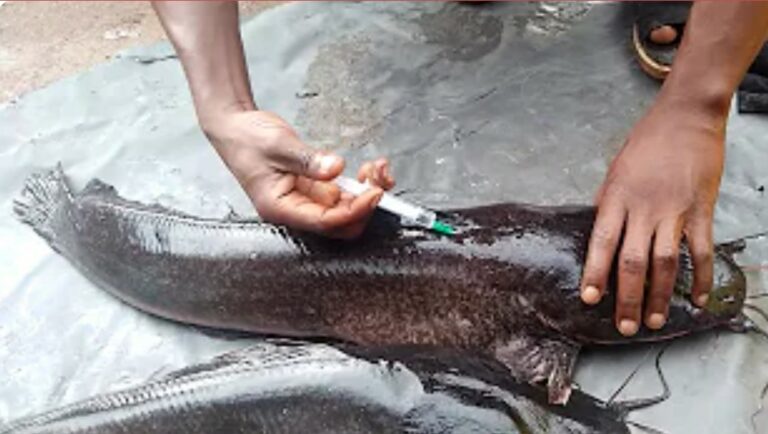Comparing Panicum plant and Guinea grass
Panicum plant and Guinea grass are closely related plants that belong to the same genus, Panicum, within the family Poaceae (grass family). While they share similarities, they also have some distinguishing features. Let’s compare them:

Botanical Characteristics:
-
- Panicum Plant: Panicum plants are annual or perennial grasses that can reach heights ranging from a few inches to several feet. They have slender stems and narrow leaves, typically with prominent midribs. The inflorescence is a panicle, a loose, branching cluster of flowers.
- Guinea Grass: Guinea grass is a perennial grass that grows in dense clumps. It can reach heights of up to 6 feet or more. The stems are stout, and the leaves are broad, elongated, and typically have rough margins. The inflorescence is also a panicle but is often more compact and dense than Panicum plants.
Geographic Distribution:
-
- Panicum Plant: Panicum species are found in various regions worldwide, including tropical, subtropical, and temperate areas. Some species are native to North and South America, while others have been introduced and naturalized in other parts of the world.
- Guinea Grass: Guinea grass is native to Africa but has been widely cultivated and naturalized in many tropical and subtropical regions worldwide. It is commonly grown as a forage crop due to its high productivity and ability to tolerate grazing.
Ecological Importance:
-
- Panicum Plant: Panicum species play critical ecological roles in various ecosystems. They are often found in grasslands, prairies, and open habitats, providing food and habitat for many animal species. Some Panicum species also have soil-stabilizing properties, helping to prevent erosion.
- Guinea Grass: Guinea grass is primarily cultivated for forage purposes. It is highly valued as a livestock feed due to its high protein content and productivity. Guinea grass also forms dense mats that help control weeds and improve soil conditions.
Uses:
-
- Panicum Plant: Some Panicum species are cultivated as ornamental grasses in gardens and landscaping due to their attractive appearance. Certain species, such as switchgrass (Panicum virgatum), are being explored for their potential as biofuel crops due to their high biomass production.
- Guinea Grass: Guinea grass is primarily grown as a forage crop for livestock, particularly for grazing and hay production. It is an essential feed source for cattle, horses, and other herbivores.
Overall, while Panicum plants and Guinea grass belong to the same genus and share some characteristics, they have distinct differences in their physical appearance, geographic distribution, and primary uses.
Read Here: Describing Panicum plant/Guinea grass (whole plant)

